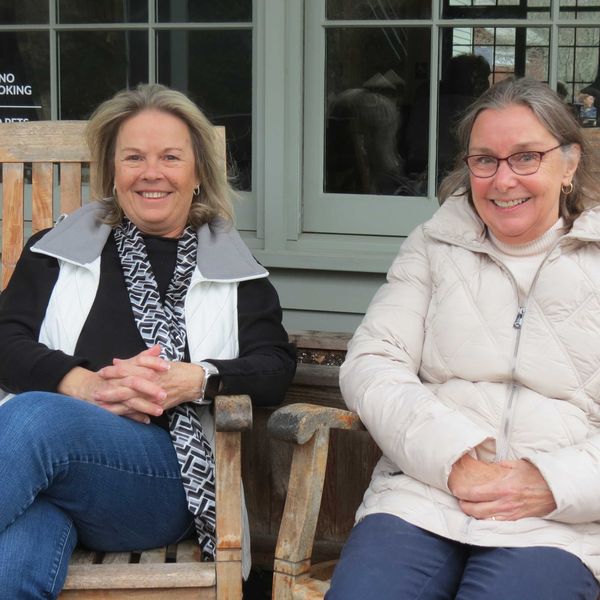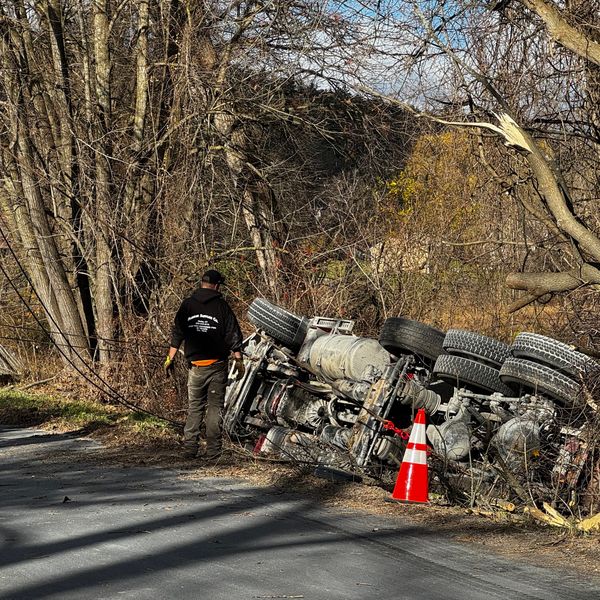Northwest CT faces ‘considerable change’, report says
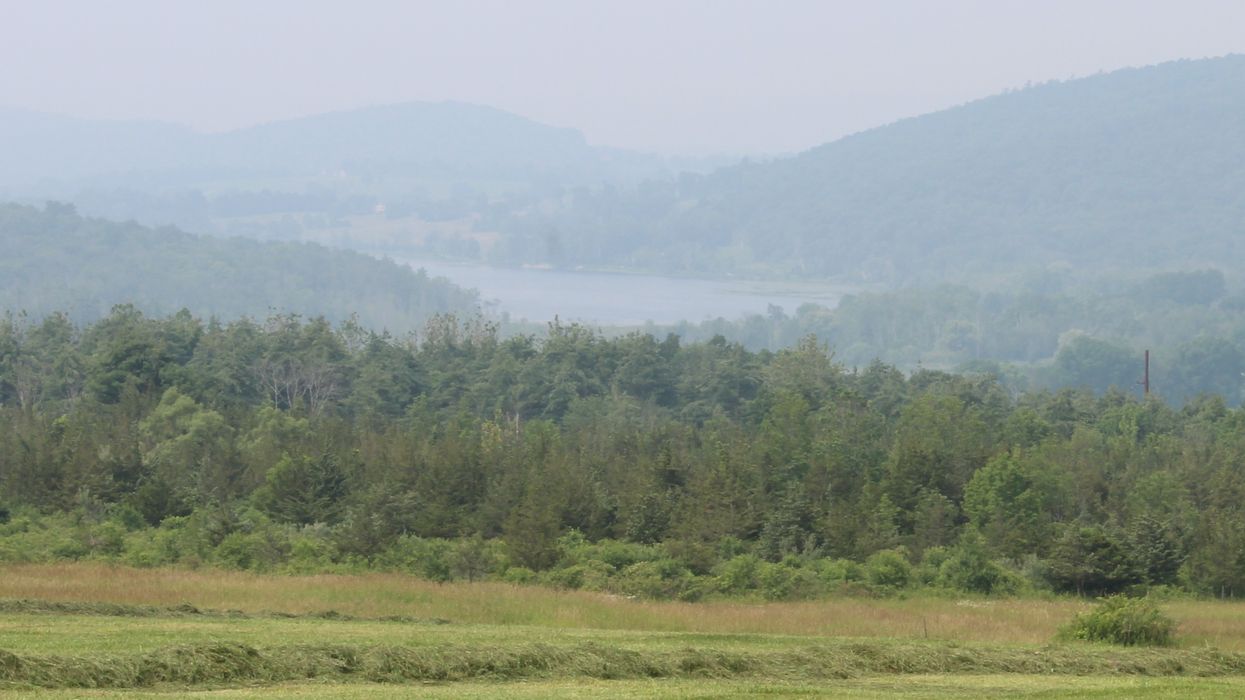
A cloud of uncertainty lingers over the future of the Northwest Corner as demographics continue to skew older, according to the recent report by Northwest CT Community Foundation.
John Coston
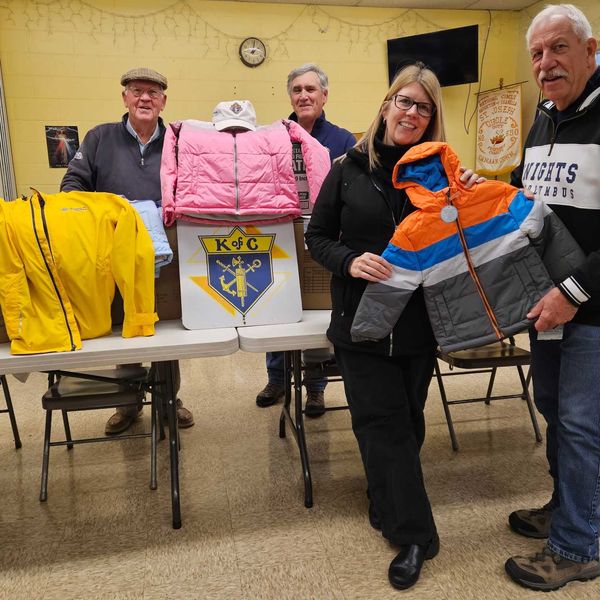
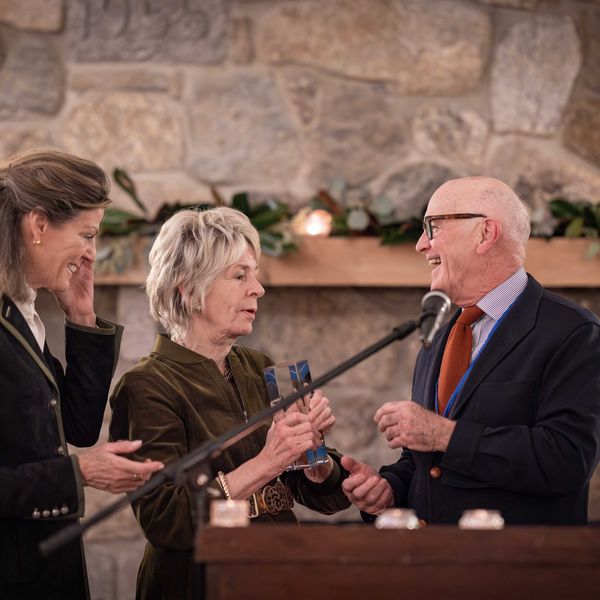


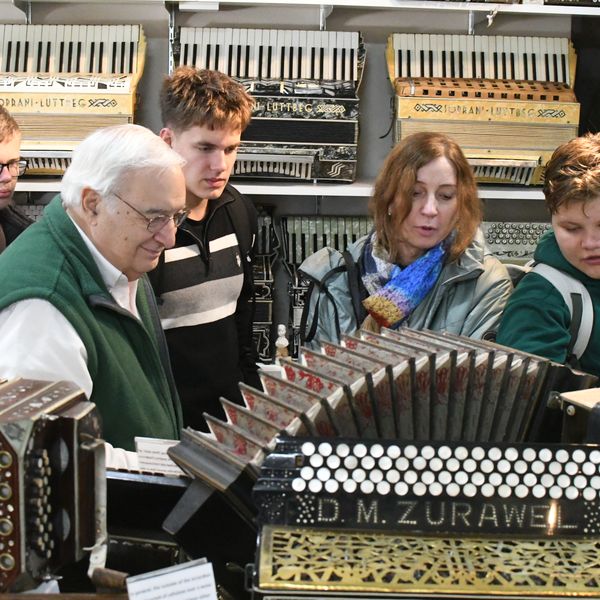
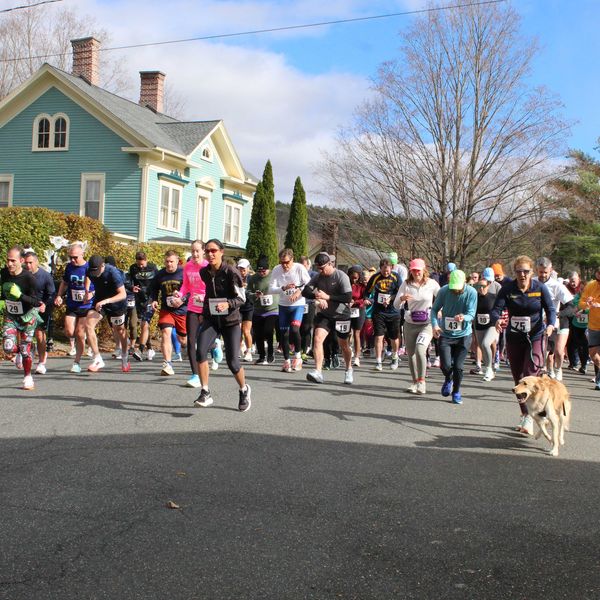

 GNH congratulates Tyler Roberts on an interception late in the Turkey Bowl.Photo by Riley Klein
GNH congratulates Tyler Roberts on an interception late in the Turkey Bowl.Photo by Riley Klein Esten Ryan runs into the end zone for a GNH touchdown Wednesday, Nov. 26.Photo by Riley Klein
Esten Ryan runs into the end zone for a GNH touchdown Wednesday, Nov. 26.Photo by Riley Klein The GNH defense held St. Paul to 73 total yards in the 2025 Turkey Bowl.
The GNH defense held St. Paul to 73 total yards in the 2025 Turkey Bowl.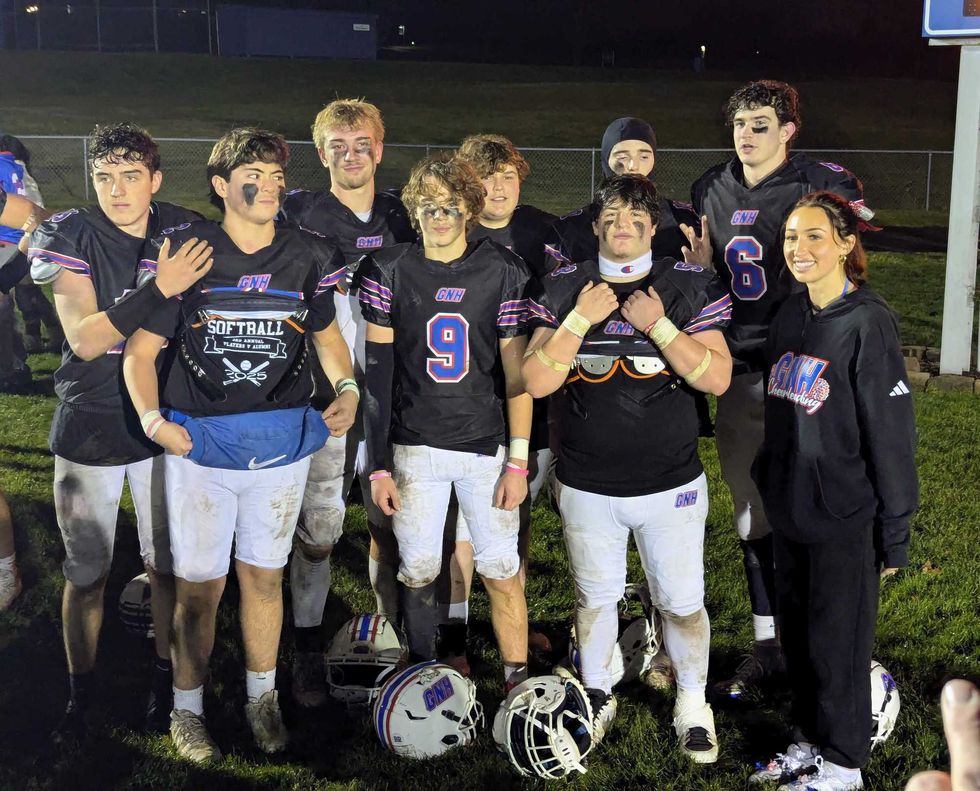 It was the last varsity football game for eight Housatonic Valley Regional High School seniors.Photo by Riley Klein
It was the last varsity football game for eight Housatonic Valley Regional High School seniors.Photo by Riley Klein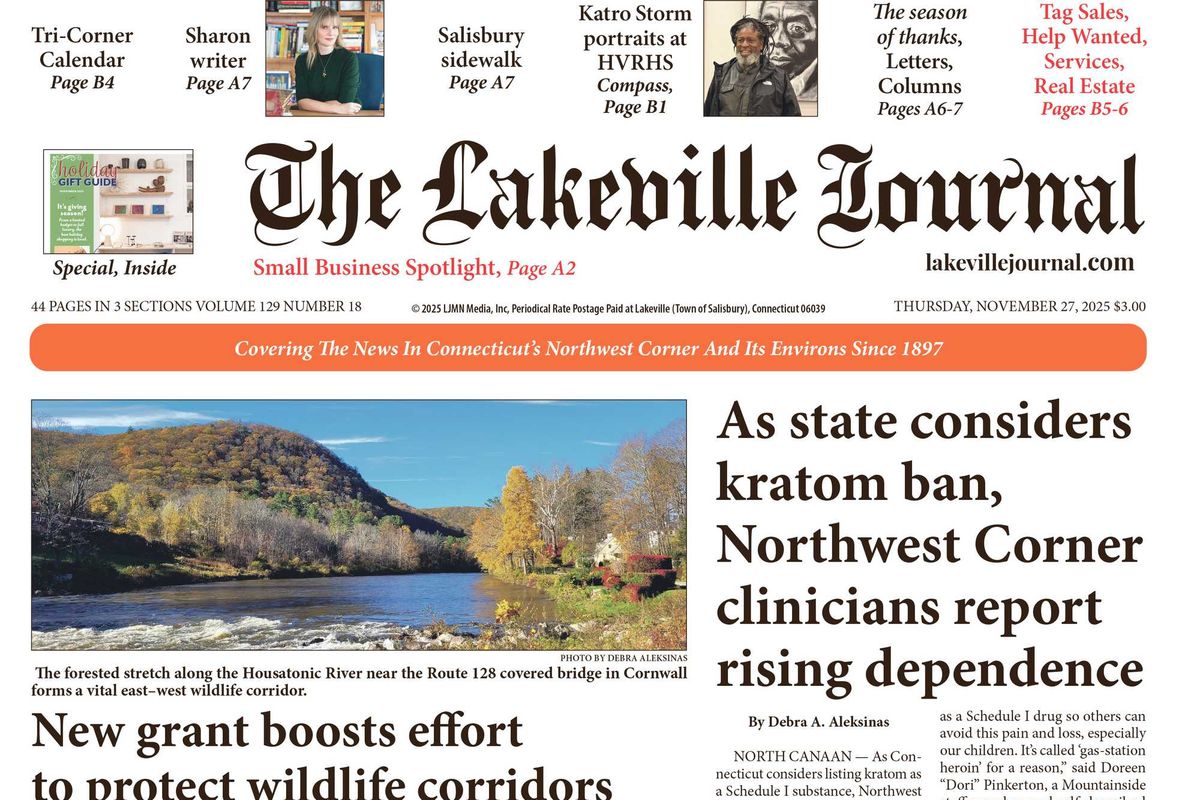

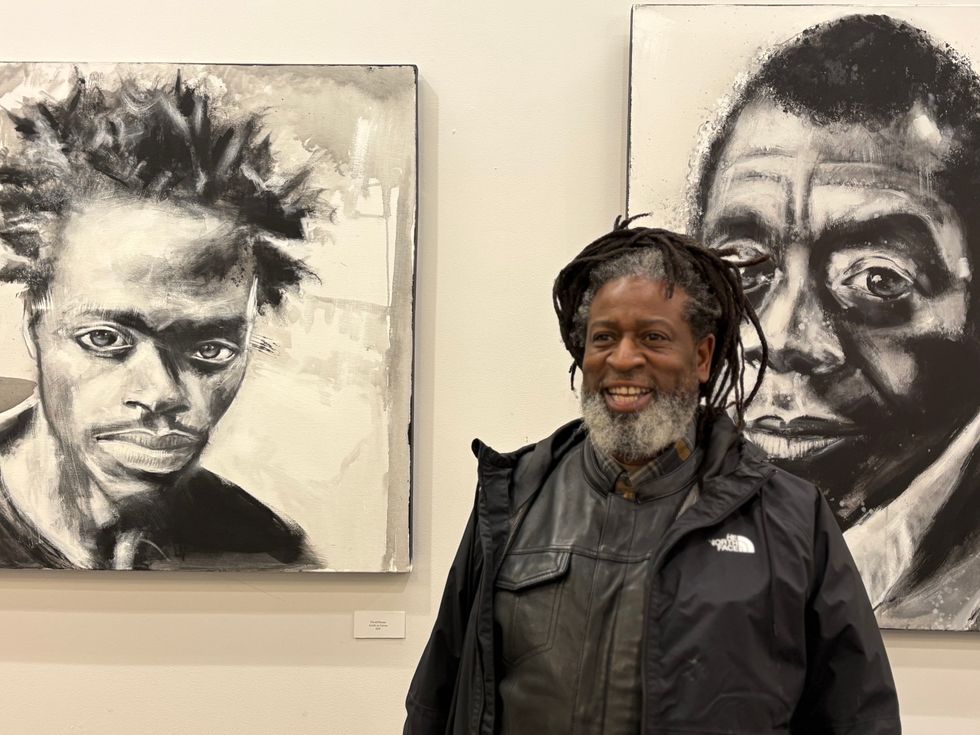 Artist Katro StormNatalia Zukerman
Artist Katro StormNatalia Zukerman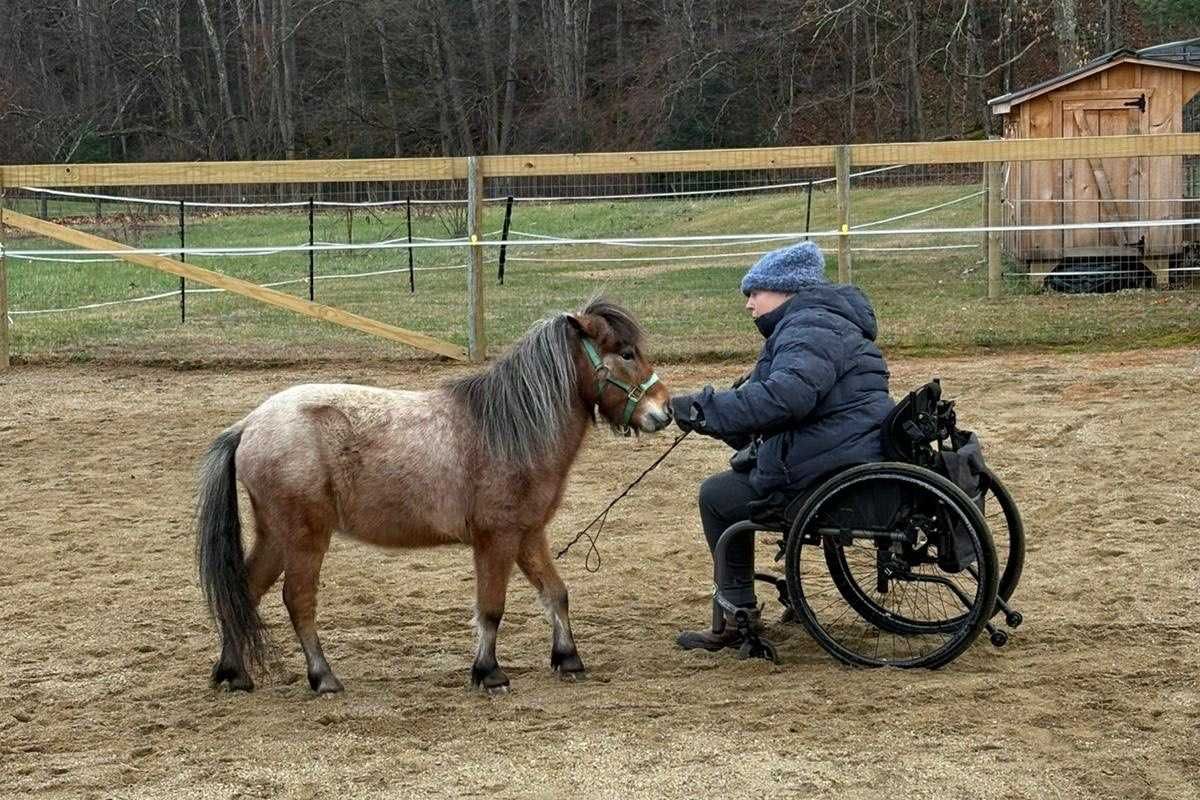
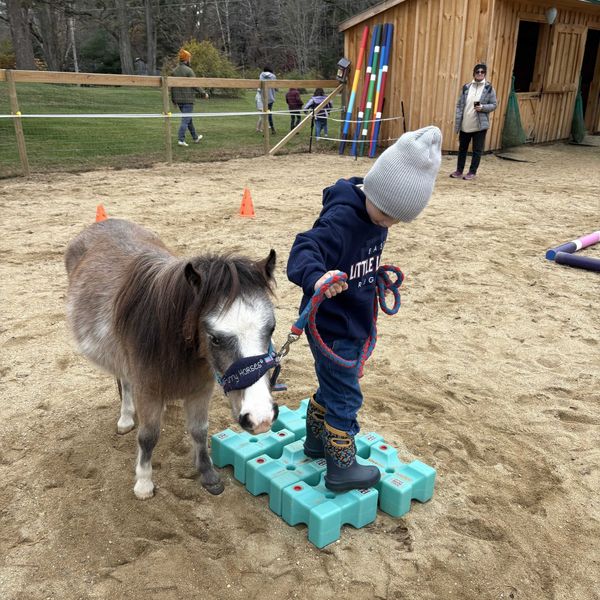 Child working with a miniature horse at Le Petit RanchMarjorie Borreda
Child working with a miniature horse at Le Petit RanchMarjorie Borreda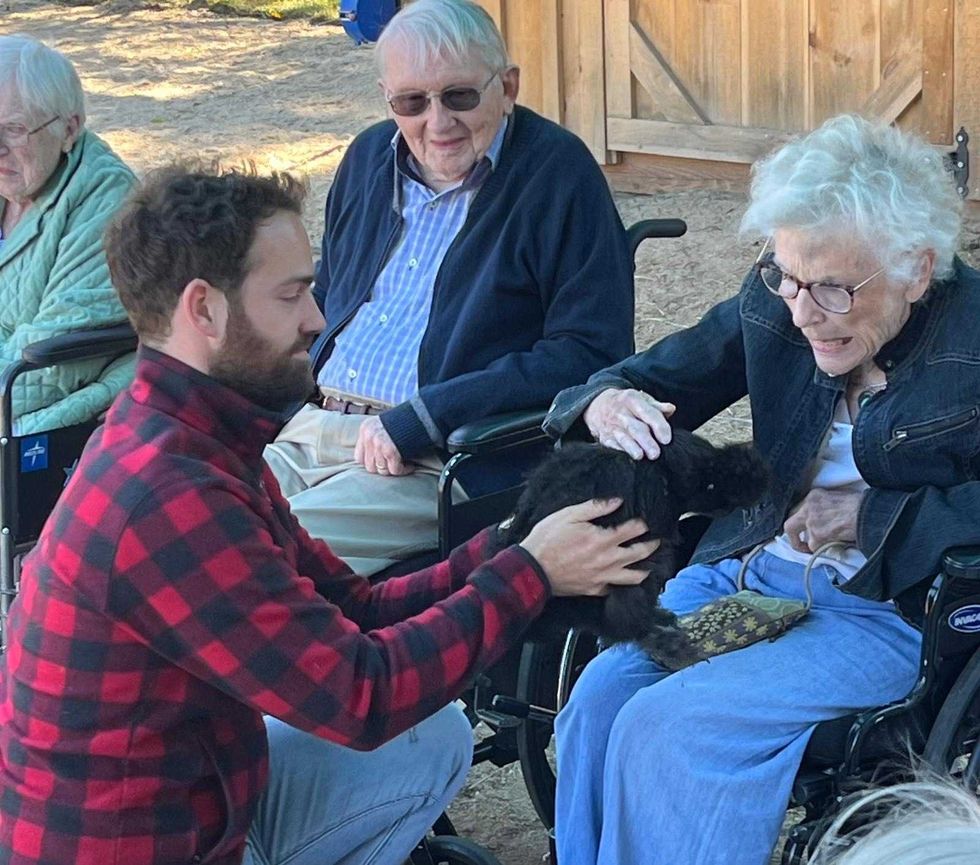 Weekly small-group sessions with seniors at Le Petit Ranch stimulates cognitive function and improves motor skills.Marjorie Borreda
Weekly small-group sessions with seniors at Le Petit Ranch stimulates cognitive function and improves motor skills.Marjorie Borreda


